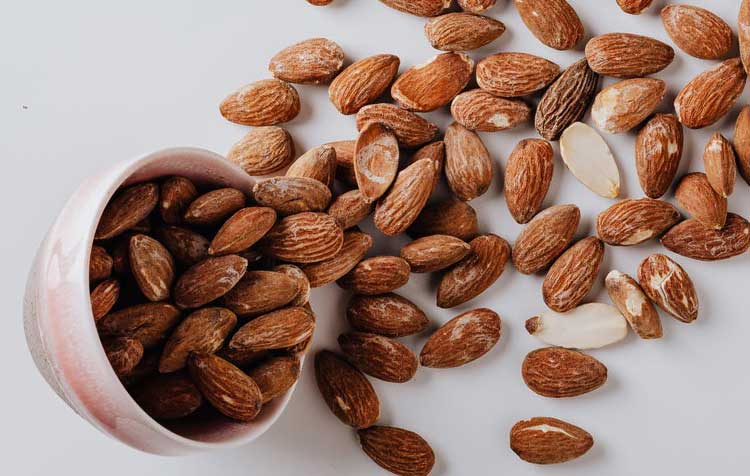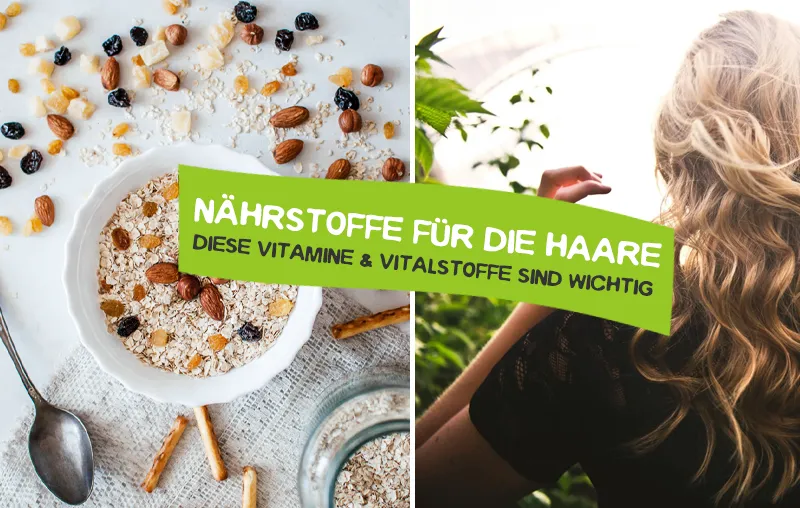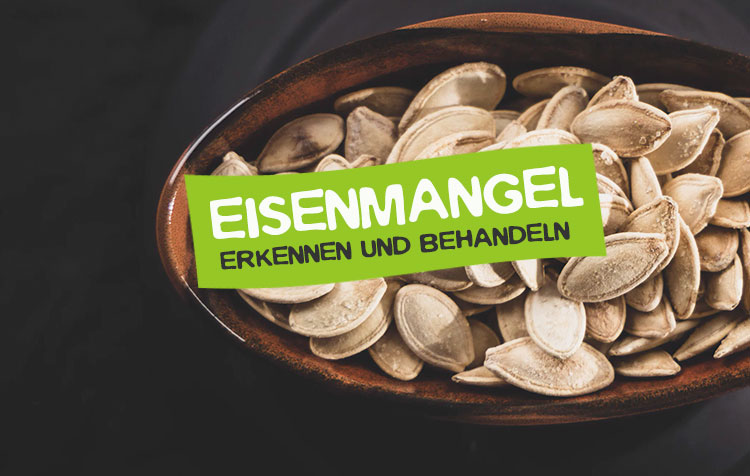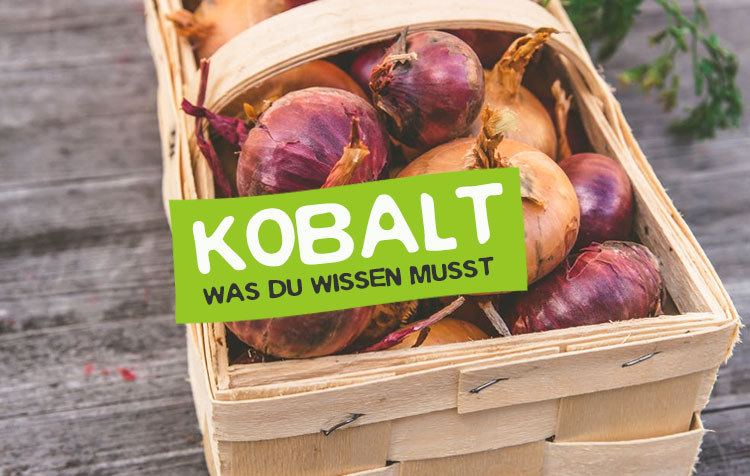You want to know more about the essential trace element selenium? Then you are exactly right in this article! I will give you the most important information about the essential nutrient for humans. It starts with a short profile, about type, function, daily requirement, overdose and deficiency, to the best selenium sources and supplements. You will also learn what vegans and vegetarians should know about selenium towards the end of the article.
Here is in advance a short Overview for you:
Notice: This article is not a substitute for medical advice, but merely provides general information about selenium. Please consult your doctor if you feel unwell or want to prevent health problems with medical care.
Selenium PROFILE at a glance
Assignment: Essential trace element, semimetals category
Important for: Metabolism of thyroid hormones, immune system, antioxidant
Daily requirement: 70 µg (m), 60 µg (w) from age 15₁.
Recording: by ingestion
Overdose: Over-supply possible, especially with high-dose supplements
Deficiency symptoms: among other things, disturbed thyroid function, susceptibility to infections, sleep disorders
Food: Brazil nuts, fresh porcini mushrooms, oatmeal, buckwheat
Nutritional supplement: mainly as capsules
What is the best way to absorb selenium?
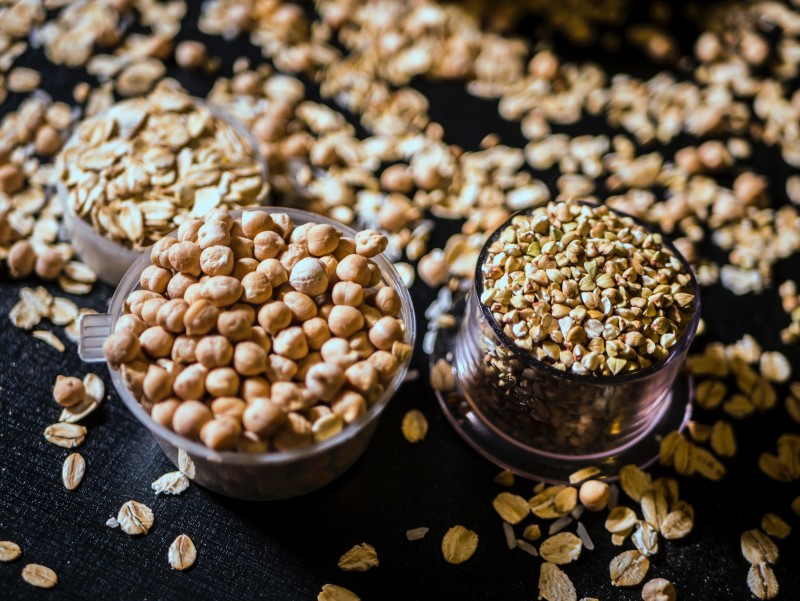
Selenium is one of the nutrients that is very well absorbed by the body. For optimal absorption, it is important that you neither take too little, nor too much selenium. In this respect, selenium is similar to other nutrients such as Iodine or Ironwhich also have both a minimum and a maximum intake recommendation.
The Selenium content in food strongly depends on soils. Selenium-rich soils also produce selenium-rich plants. This unfortunately often makes selenium intake an estimation. Most soils in Europe are unfortunately rather poor in selenium. An exception is Finland, because the soil there is specifically enriched with selenium.2 Other selenium-rich soils can be found overseas in Canada and the USA. Unfortunately, this is not optimal from an ecological point of view.
Good to know: Selenium-rich soils such as those in Finland, Canada and the USA are the basis for particularly selenium-rich foods.
What is the daily requirement of selenium?
The reference values published by the Deutsche Gesellschaft für Ernährung e. V. (DGE) published reference values (estimated values) are as follows for men aged 15 and over 70 µg per day and for women aged 15 and over 60 µg.1 The National Institutes of Health recommends a daily intake of 55 µg from age 14, regardless of gender.3
For children and adolescents, the values for recommended selenium intake do not differentiate between boys and girls:
| Children and teenagers | µg/day |
| 1 to under 4 years | 15 |
| 4 to under 7 years | 20 |
| 7 to under 10 years | 30 |
| 10 to under 13 years | 45 |
| 13 to under 15 years | 60 |
For breastfeeding women, an increased intake of 75 µg per day is recommended.1
What does the body need selenium for?
Selenium is an important Antioxidant, which protects the body from free radicals.2 In addition, the nutrient is also important for the Metabolism of the thyroid gland and the Immune system. For men it is also called Building block for sperm needed. Selenium acts anticarcinogenic, thus inhibiting cancer. It also plays a major role in the Detoxification of heavy metals and environmental toxins.4
The functions of selenium at a glance:
- Antioxidant and anticarcinogenic effect
- Thyroid metabolism
- Strengthening the immune system
- Building block in sperm formation
- Detoxification of heavy metals and environmental toxins
Is an overdose of selenium possible?
As already mentioned, a corresponding Overdose in the range of possibility. The European Food Safety Authority (EFSA) has set a Tolerable Upper Intake Level (UL) of 300 µg per day.5 The National Institutes of Health gives a little more upward leeway at 400 µg per day.3
An overdose can occur mainly due to high-dose dietary supplements. Another possibility for an overdose is the fluctuating selenium content of some foods. For example, Brazil nuts are a good source of selenium, but their selenium content is subject to wide fluctuations. Thus, five or six Brazil nuts a day may already exceed the UL. When eating 2-3 Brazil nuts per day, you are most likely in the green zone. Here, of course, it would be desirable if the manufacturers could provide more precise information on the selenium content through analyses.6
Selenium deficiency risks
Selenium deficiency is mainly caused by an insufficient intake of selenium in the diet. The risk of a selenium deficiency may also lie in an increased need that may result from diseases such as AIDS, hepatitis or cancer.
Symptoms of selenium deficiency may include susceptibility to infection, headaches, or weight loss. More specific deficiency symptoms are Memory and sleep disorders, thin hair and hair loss, and a disturbed thyroid function. In the case of a prolonged undersupply, it can lead to Keshan disease which is a disease of the heart muscle. The Kashin-Beck disease can also result from a persistent selenium deficiency and manifests itself in reduced bone growth and changes in the joints.7
Risk groups for deficiency: People suffering from AIDS, hepatitis or cancer.
What are the best selenium sources?
In principle, the selenium content in foods is highly dependent on the soil and is therefore subject to strong fluctuations depending on where the food comes from. Therefore, the informative value of the selenium content data is limited. Nevertheless, there are of course foods that basically contain more selenium than other foods.e. Some examples are:
- Brazil nuts (640 µg per 100 gram)
- Fresh porcini mushrooms (187 µg per 100 gram)
- Mackerel (39 µg per 100 gram)
- Chickpeas (4-30 µg po 100 gram)
- Oatmeal (10 µg per 100 gram)
- Buckwheat (8 µg per 100 gram)
Selenium supply in a plant-based diet
Selenium is defined by the DGE as a potentially critical nutrient in the vegan diet.8 I think that selenium is a is nutrient that can be critical for all population groups in principle. This is especially because the selenium content of foods is almost impossible for consumers to determine. You can roughly go by the country of origin and eat foods that can contain a relatively high amount of selenium. With two to three Brazil nuts per day you should - depending on the selenium content - be able to cover a good part of your daily needs.6
If you are eat a plant-based and wholefood diet and want to be on the safe side with your selenium intake, then now comes the point of nutritional supplementation for you.
How does dietary supplementation with selenium work?
Selenium supplementation can be useful if you are deficient or unsure of your daily selenium requirements. Before supplementing, you can take a Examination of your blood and have the selenium serum level determined. If it is below 50 µg/l, you are not optimally supplied with selenium. Then you can try to replenish your selenium stores with one of the following selenium-containing multi-nutrient preparations. It is best to have your blood tested again after 6-12 months to see how your selenium stores have changed.
- Vegan Multi-nutrient Capsulesyou get here*
- An immune nutrient supplement with vitamin C, selenium, zinc and iron. you get here*.
Ensure your selenium supply
If you want to optimize your selenium supply, it makes sense to take a look at the packaging of your food more often to check where it actually comes from. Selenium-rich soils can be found in Canada, the USA and Finland. In Europe, the soils are - apart from Finland - unfortunately quite low in selenium, so you either have to resort to food from far away or a dietary supplement.
You should also be aware that the selenium content of foods varies greatly and always depends on the soil. For animal foods, the selenium content depends strongly on the feed. Therefore, there is no really precise information with which you can calculate your selenium intake exactly. A rough estimate that will usually put you in a solid range is about 2-3 Brazil nuts per day.
I welcome you to leave a comment if you have any questions or comments about the post on selenium.
All the best,

PS.: You want to know, why i live vegan? I'll give you my reasons in the linked article. If you want to know even more about a healthy lifestyle, continue your research with the post about Vitamin B12, Intermittent fasting or Salutogenesis away.
References:
1 Deutsche Gesellschaft für Ernährung e. V.: Selenium, https://www.dge.de/wissenschaft/referenzwerte/selen/?L=0. [02.06.2021].
2 Zentrum der Gesundheit: Selenium deficiency - cause of many complaints, https://www.zentrum-der-gesundheit.de/ernaehrung/mineralstoffe-spurenelemente/weitere-mineralstoffe-spurenelemente/selen, [02.06.2021].
3 National Institutes of Health: Selenium. Fact Sheet for Health Professionals, https://ods.od.nih.gov/factsheets/Selenium-HealthProfessional, [02.06.2021].
4 Center for Health: selenium detoxifies heavy metals and environmental toxins, https://www.zentrum-der-gesundheit.de/bibliothek/ratgeber/detox-uebersicht/entgiftung-mit-selen-ia, [02.06.2021].
5 European Food Safety Authority: Overview on Tolerable Upper Intake Levels as derived by the Scientific Committee on Food (SCF) and the EFSA Panel on Dietetic Products, Nutrition and Allergies (NDA), https://www.efsa.europa.eu/sites/default/files/assets/UL_Summary_tables.pdf, [02.06.2021].
6 N. Rittenau (2018): Vegan-Klischee ade! Scientific answers to critical questions about vegan nutrition. VENTIL Publishers.
7 S. Schrör: Selenium Deficiency, https://www.netdoktor.de/ernaehrung/selenmangel/, [02.06.2021].
8 Deutsche Gesellschaft für Ernährung e. V.: Position of the German Nutrition Society - Vegan Nutrition, https://www.dge.de/wissenschaft/weitere-publikationen/dge-position/vegane-ernaehrung/?L=0, [02.06.2021].

